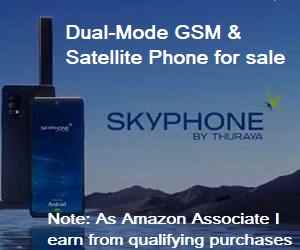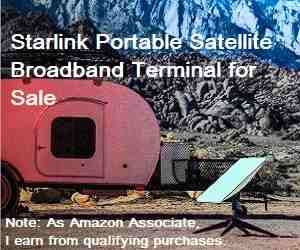Satellite Internet Forum.
Welcome, Guest. Forum rules.To search this site click here > SATSIG search
| Home Login Register |
| Satellite Internet forum › iDirect Forum: hubs and terminals › BUC for small antenna |
|
Pages: 1
|
BUC for small antenna(Read 3102 times) |
|
Anton
Member
★★ Offline Posts: 32 |
Apr 28th, 2011 at 12:51am
|
| Back to top |
The rich man is not the one who has, but the one who does not need.
IP Logged
|
|
Eric Johnston
Senior Member
★★★ Offline Posts: 2109 |
Reply #1 - Apr 28th, 2011 at 2:33pm
|
| Back to top |
IP Logged
|
|
Anton
Member
★★ Offline Posts: 32 |
Reply #2 - Apr 28th, 2011 at 6:12pm
|
| Back to top |
The rich man is not the one who has, but the one who does not need.
IP Logged
|
|
Eric Johnston
Senior Member
★★★ Offline Posts: 2109 |
Reply #3 - Apr 28th, 2011 at 7:06pm
|
| Back to top |
« Last Edit: Apr 28th, 2011 at 8:33pm by Admin1 »
IP Logged
|
|
Pages: 1
|
Email me: eric@satsig.net
Powered by YaBB 2.5.2!
YaBB Forum Software © 2000-. All Rights Reserved.
Disclaimer, Terms of Use and Privacy Forum User Agreement Forum rules Cookie policy.


